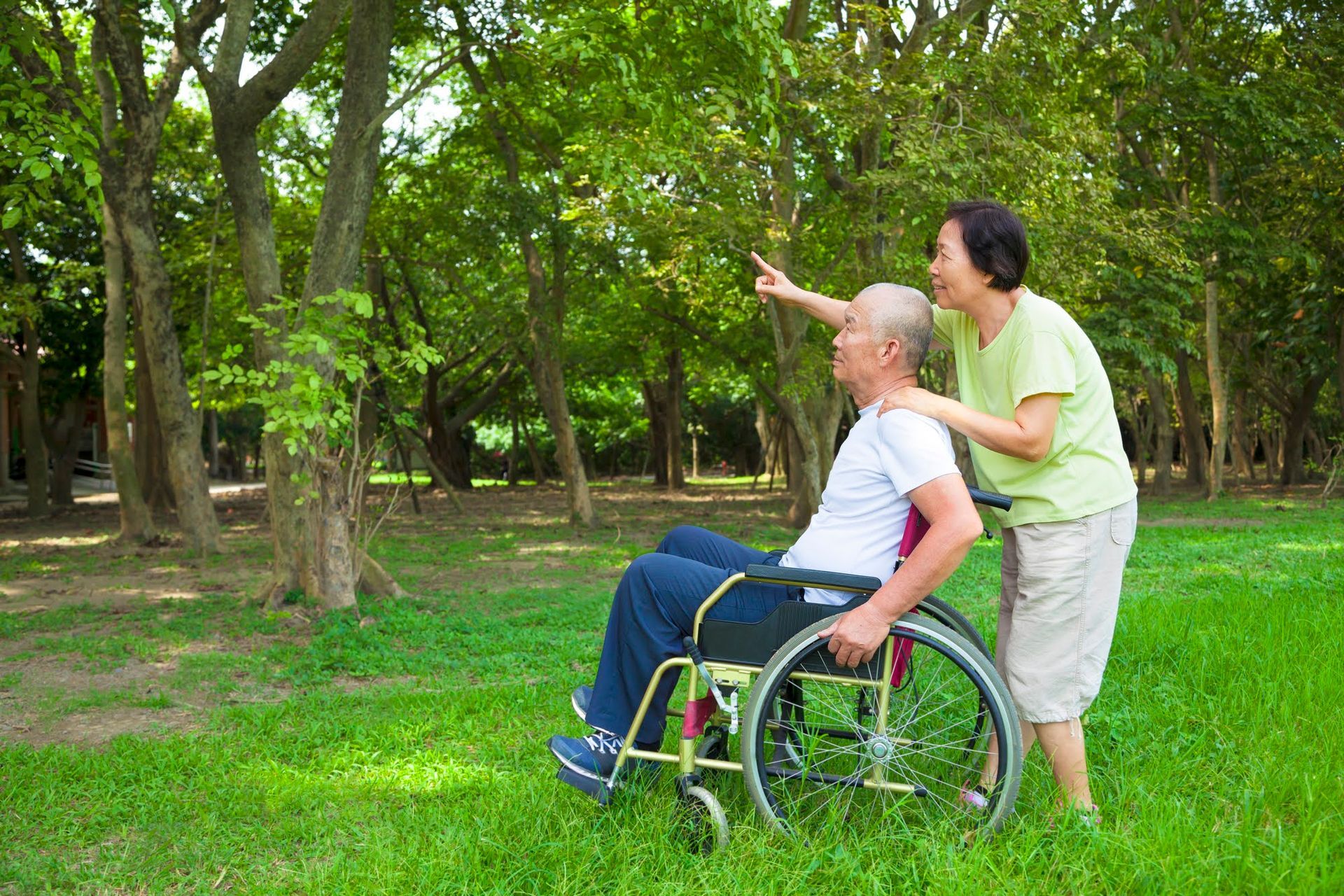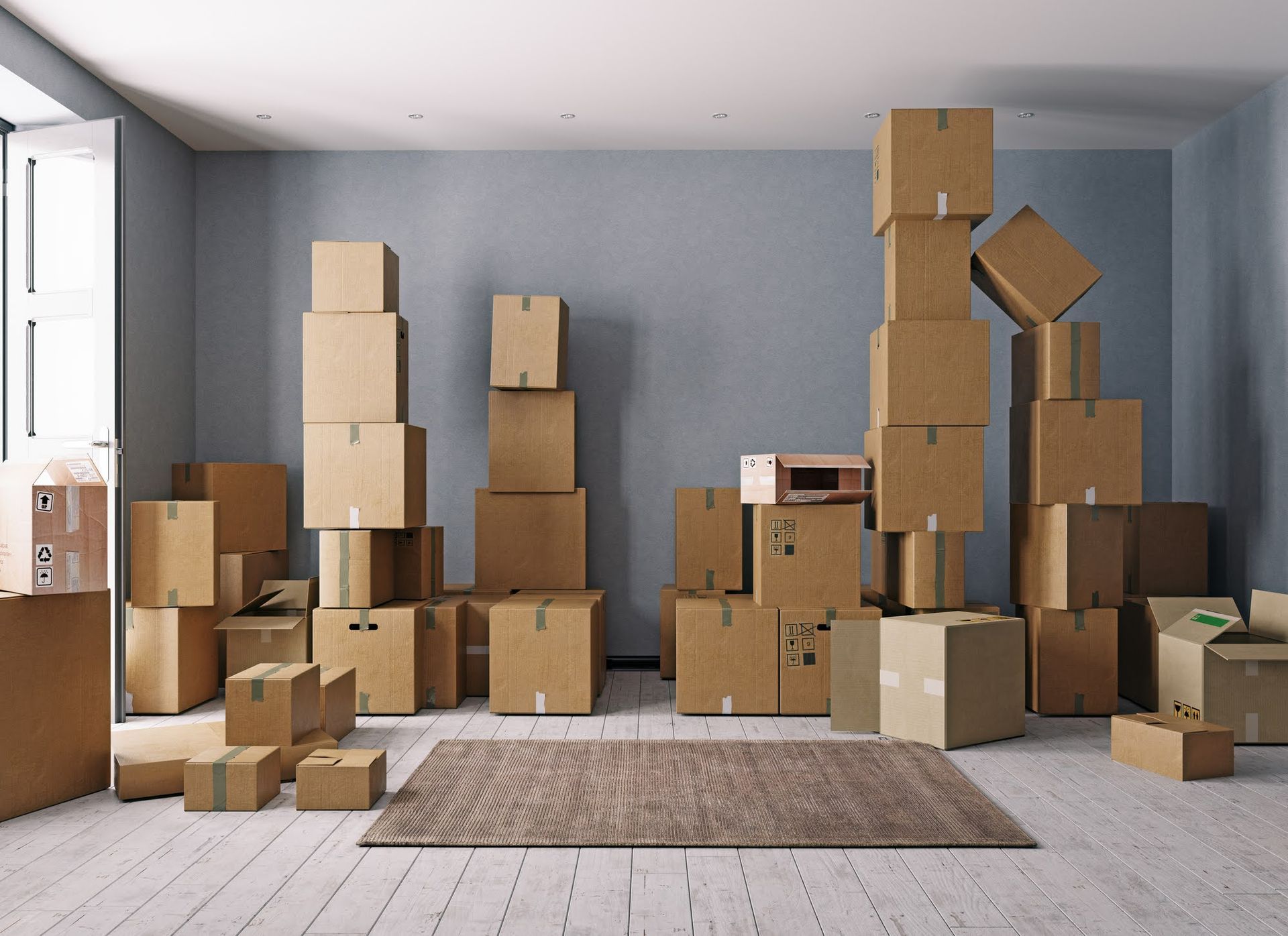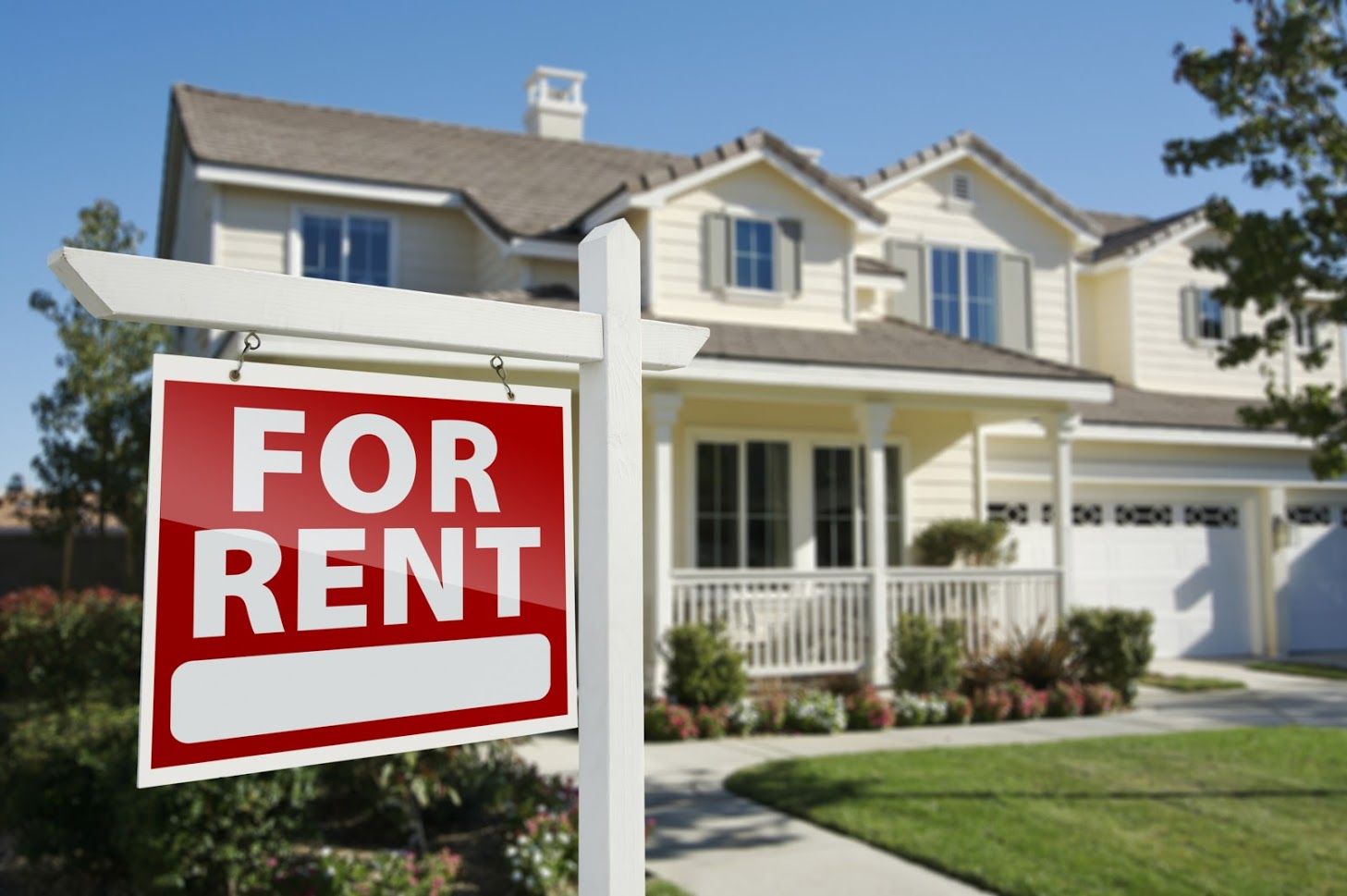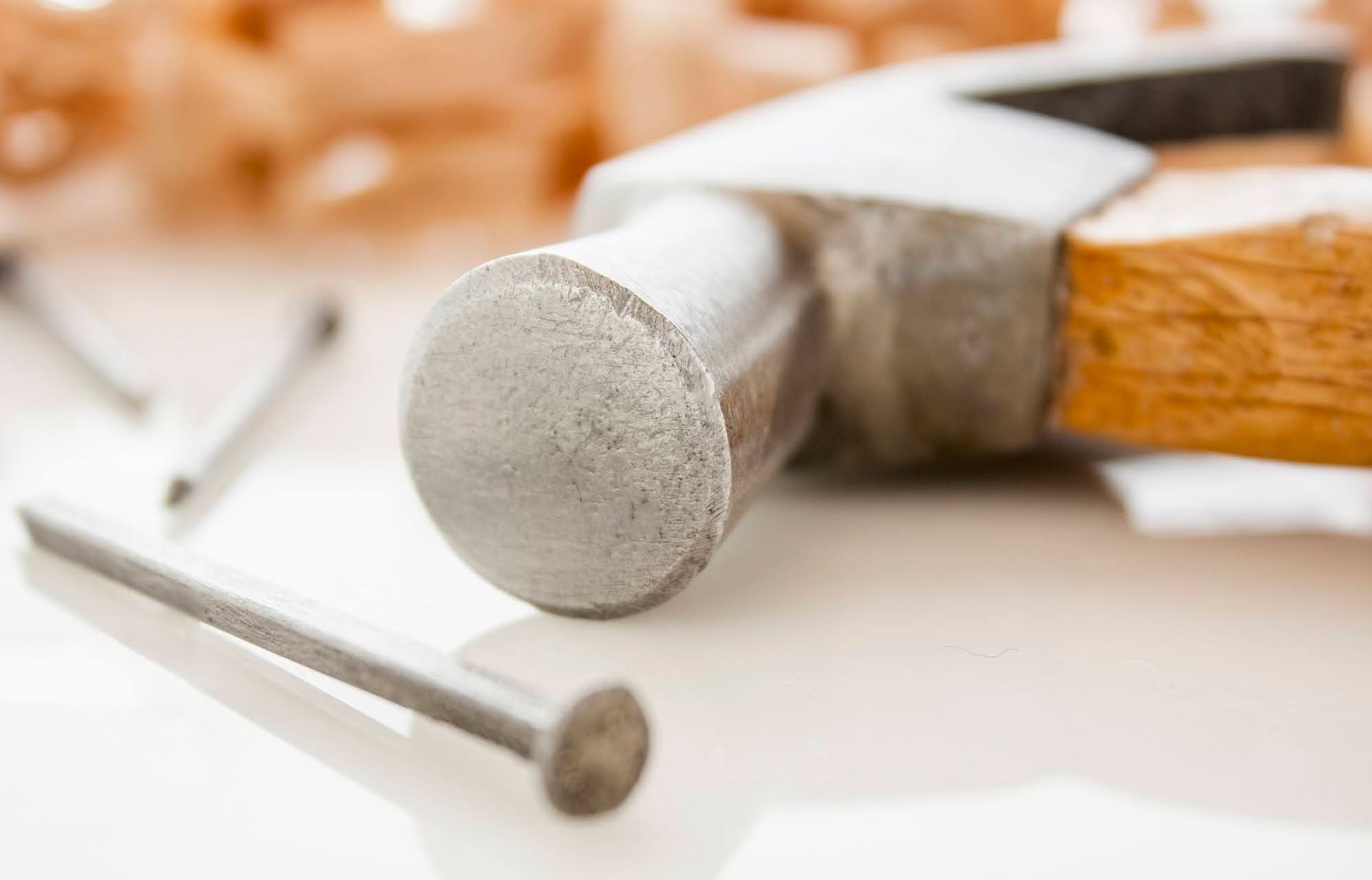Live Independently With a Physical Disability | Robert Cottingham
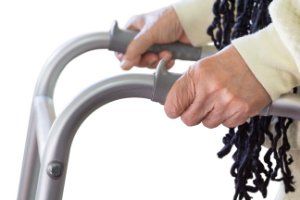
Finding the right apartment for the right price, packing, and saying goodbye to your old neighborhood can be difficult. However, if you have a physical disability, the process can be even more difficult. From finding the amenities you require to creating a home that is both comfortable and safe, it is possible to live alone with a disability.
The following are a few simple tips to help you live safely and happily in your new apartment.
Hunting for Your Ideal Apartment
Finding the ideal apartment that meets both your budget and your needs can be tricky. The following tips will make your hunt for your new apartment less stressful and more efficient:
- Create a budget. When creating a household budget, set aside around 25 to 30 percent of your monthly income for rent. If you cannot find a handicap-accessible unit in your price range, ask your local Department of Disability Resources about rental assistance or affordable housing options in your area.
- Consider the location. Find an apartment that is close to your job, shopping, restaurants, grocery stores, and friends and family, as well as a convenient distance away from your doctors and physical or occupational therapists.
- Ask about amenities. Is the laundry service in the apartment building handicap-accessible? Can you easily access the mailboxes? Ask questions about the amenities to determine if you can easily enjoy them.
- Ask to speak to
another tenant.
Locate
another tenant in the building and ask them about the apartment, the
area, and how living independently has helped them gain confidence.
Look for an apartment that is specifically handicap-accessible and, if necessary, low income. At the very least, the apartment should feature wide doors, ramps, stairway lifts or elevators, grab bars next to the toilet and shower, flooring that is easy to maneuver over, and easily-accessible light switches and thermostat. Some apartment complexes claim to be handicap-friendly but are not compliant with state or federal standards or your needs.
Making Your Kitchen More Handicap Accessible
Between entertaining friends and family and making yourself a quiet dinner on a Sunday afternoon, you will be spending plenty of time in your new apartment's kitchen. Here are a few suggestions you can follow that will help you live more easily in your new kitchen:
- Ask about any modifications you can make. Removing cabinet doors from below the sink can make it more accessible. Removing upper cabinet doors can also make it easier for you to see what is inside. Before making any changes, ask property management if this is allowed.
- Keep commonly used items front and center. This will help you access the items you need the most quickly and easily.
- Purchase smaller furniture. Invest in a smaller dining table and a couple of chairs. If you need a microwave cart, choose one that is smaller and shorter. This will provide you with more space for mobility.
- Invest in lazy Susan's. Lazy Susan's are circular shelves you can rotate. These can be placed in your cupboards or refrigerator to make accessing items much easier.
- Purchase clear
shelving.
Clear
shelves will allow you to see what is stored on them with greater
ease.
Invest in a few claw grabbers, which can be used to grab items that are out of reach. This will allow you to access higher shelving, which increases your storage options.
Making Your Bathroom More Handicap Accessible
Approximately 235,000 Americans over the age of 15 visit the emergency room each year after suffering an accident in the bathroom. In addition to having safety bars installed anywhere in the bathroom you need to sit down, including the bathtub, there are several other things you can do to make your bathroom safer.
For example, if you have limited mobility, you can install non-slip rugs inside the tub and on your bathroom floor. If you have trouble accessing your medicine cabinet, purchase a shower chair and lower shelving. For individuals who have trouble getting on and off the toilet — which can happen if it is lower to the ground — invest in an elevated toilet seat with safety bars.
Making Your Bedroom and Living Room More Handicap Accessible
The easiest, most cost-effective way to make your living room and bedroom easier to get around in and to prevent any unnecessary spills and accidents is to leave as much open floor space as possible. This could mean anything from investing in a smaller couch to purchasing a smaller stand for the television in your living room.
A lower-profile bed will make getting in and out easier and will take up less space. Keep your furniture in the bedroom to a minimum, as well. Ask the property management company if you can install safety bars near the bed to help you get in and out with less risk of falling.
Finding the ideal apartment when you are living with a physical disability can be challenging. With a little extra research and some minor upgrades, you can make your apartment work better for you. If you need help finding housing, contact Robert Cottingham Property Management .





